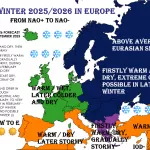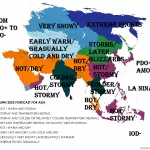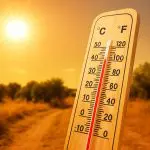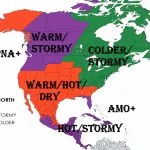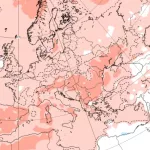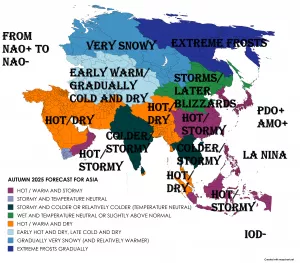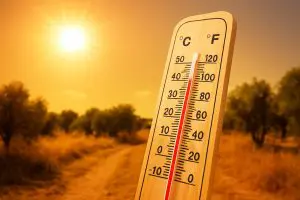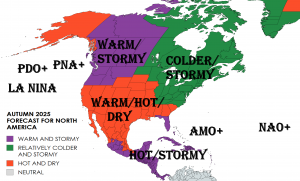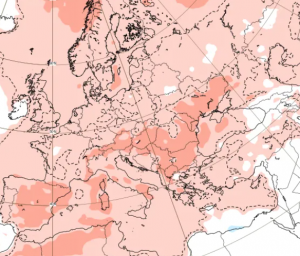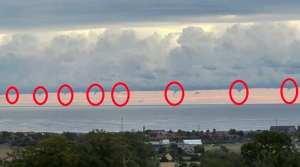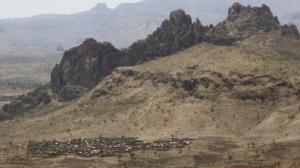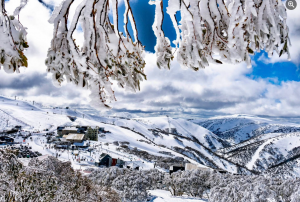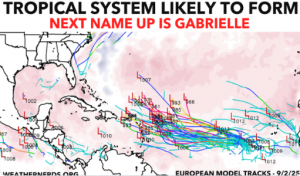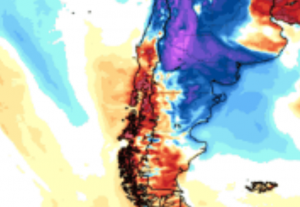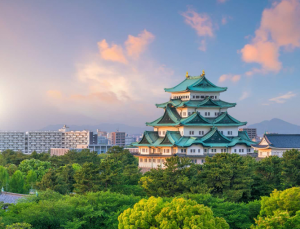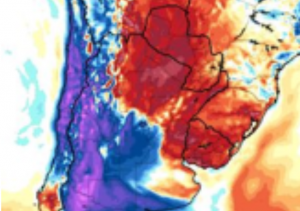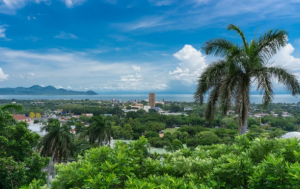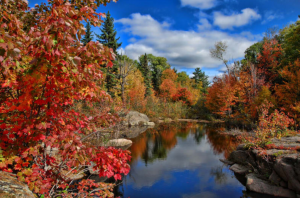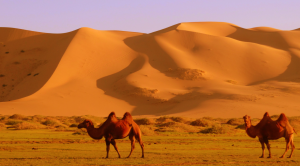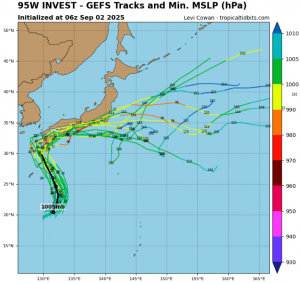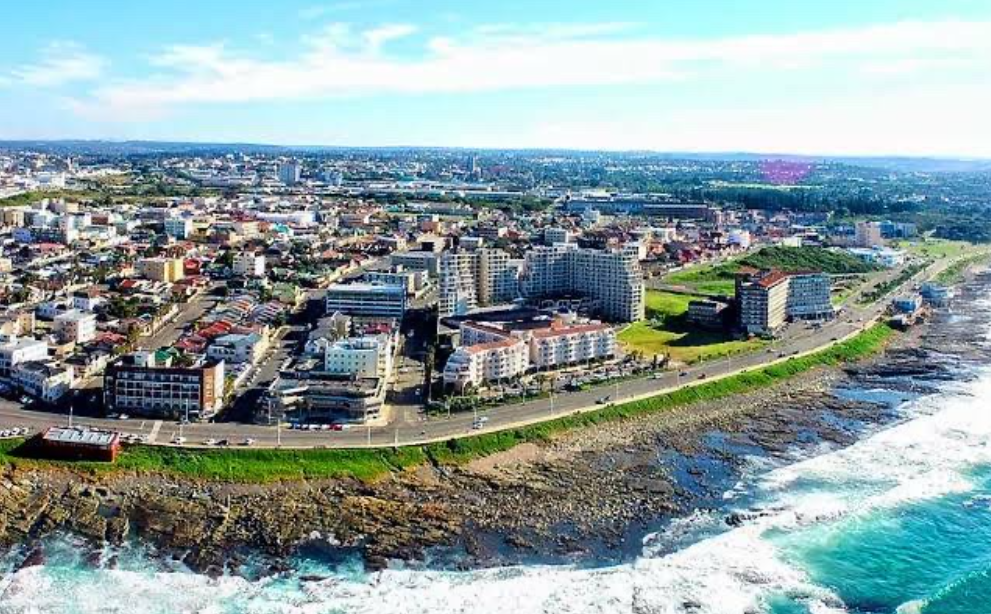
In a stunning departure from seasonal norms, East London, a coastal city in South Africa, recently recorded an exceptionally rare tropical night during the heart of winter. On August 5, 2025, temperatures overnight did not dip below 22.5 °C (72.5 °F)—an astonishingly warm minimum for midwinter conditions. This event forms part of an unprecedented heatwave spanning coastal and highland regions, where minimum temperatures soared far above expectations, breaking local records by more than 8 °C and exceeding typical summer averages by 5 to 6 °C.
This marked one of the most extreme winter warmth episodes ever documented in the Southern Hemisphere, signaling a clear departure from traditional weather patterns. Along with East London’s record 22.5 °C minimum, nearby towns also experienced remarkable tropical-like nights: Patensie recorded 20.7 °C, Somerset reached 20.1 °C, and Willowmore, perched at 840 meters above sea level, reported a surprisingly high 19.1 °C. Such warmth at altitude is especially notable, as highland areas normally experience much cooler winter lows.
Meteorological analysis attributes this extraordinary warmth to a combination of several key factors. A strong warm air mass was advected into the region, carrying humid, tropical moisture. Alongside this, calm winds and cloud cover helped trap the heat overnight, preventing the usual rapid cooling that typically follows sunset. The adjacent Indian Ocean’s moderating influence further cushioned temperatures, but even this influence was unusually pronounced, contributing to the persistent warmth.
This extreme event is not just a curiosity but a potent symbol of the rapid climate shifts underway in southern Africa. Tropical nights during winter months are rare, and their growing frequency and intensity raise serious concerns. For local ecosystems, the disruption of expected cold periods affects plant dormancy cycles and animal behaviors synchronized to seasonal cues. The warmth can promote the spread of invasive species, which may outcompete native flora and fauna, threatening biodiversity. The highland regions, historically cooler refuges, now face ecological stress from these abnormal temperature regimes.
For human populations, while a warm winter night might seem pleasant, it carries hidden costs. Elevated night temperatures increase the demand for energy, as cooling appliances are used even in what should be the cooler season, potentially stressing power grids. Additionally, such warmth can negatively impact sleep quality, leading to broader public health concerns, especially among vulnerable groups like the elderly and those with chronic illnesses.
The intensity of this heatwave, with temperatures far surpassing normal winter lows by 5 to 6 degrees Celsius and breaking local records by more than 8 degrees, underscores a worrying trend. It aligns with global observations of climate warming, where seasonal boundaries blur, and extreme events occur with increasing frequency. Southern Africa is already identified as a hotspot for climate change impacts, with rising average temperatures and more frequent heat extremes posing risks to agriculture, water security, and livelihoods.
This recent event in East London and surrounding areas serves as a stark reminder that the climate system is becoming more volatile. The blurring of traditional winter norms challenges existing agricultural calendars, water management plans, and conservation strategies. Local farmers, city planners, and health officials must prepare for a future where tropical nights in winter may become increasingly common, necessitating adaptation in practices and infrastructure.
In conclusion, the extraordinary winter warmth recorded in August 2025—highlighted by the 22.5 °C tropical night in East London—is not just a statistical outlier but a clear indicator of the accelerating changes in our climate. As the Southern Hemisphere experiences some of its most intense winter warmth ever, this event signals urgent need for heightened climate resilience and mitigation efforts in South Africa and beyond.

Illustration picture: https://www.bona.co.za/lifestyle/5-stunning-places-to-visit-in-east-london/

